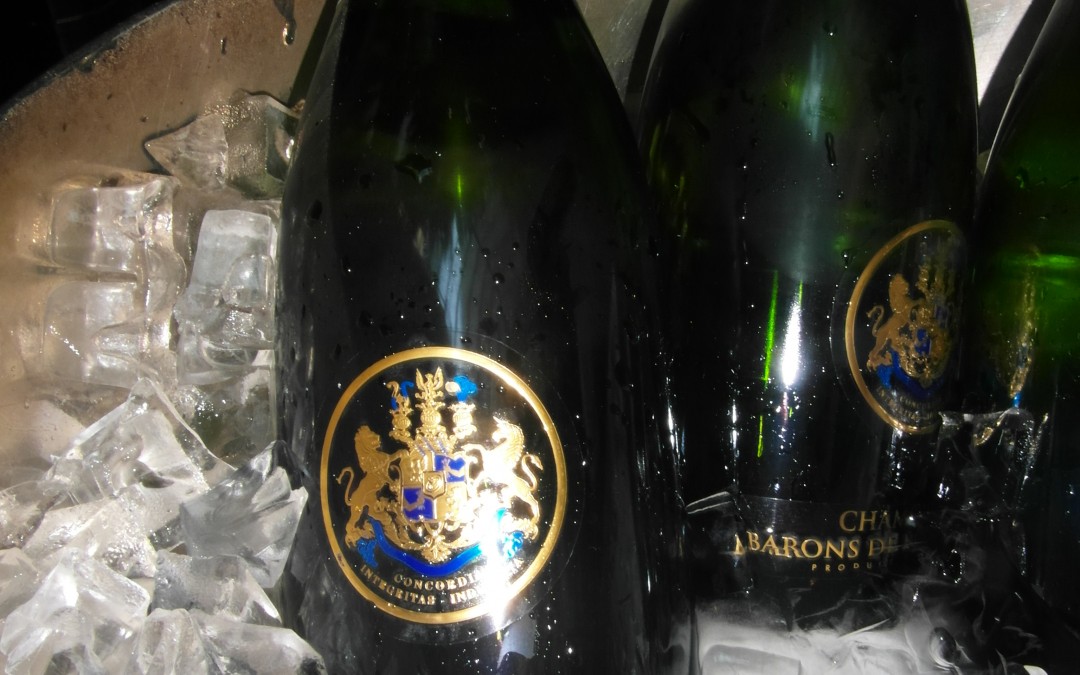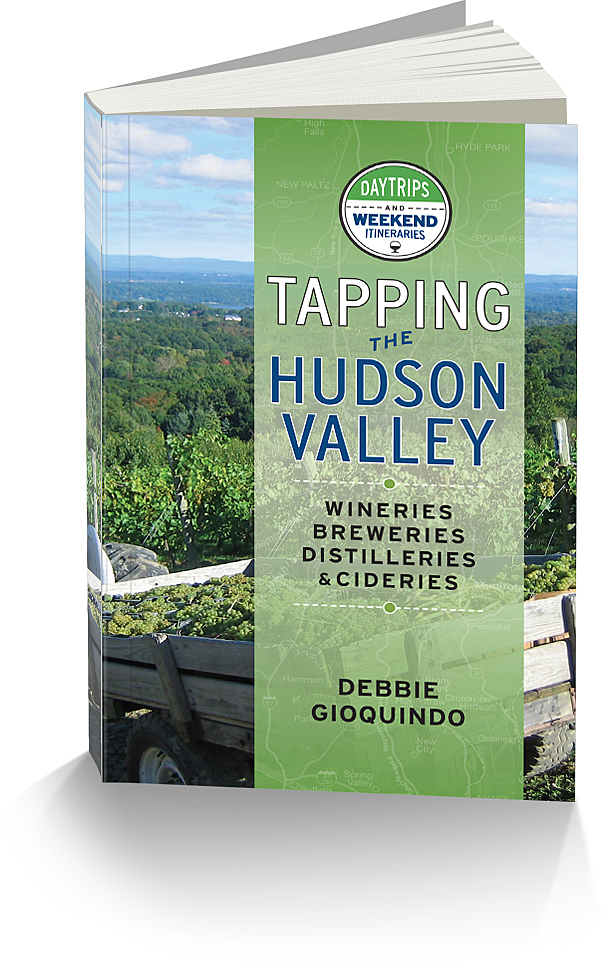Champagne is made in the Champagne region of France. The uniqueness of Champagne comes from the chalky soil that gives Champagne it’s unique aroma and flavor. The three grapes varietals that are permitted in Champagne are Chardonnay, Pinot Noir & Pinot Meunier.
 The region is comprised of 5 areas, of which all add to the contents of the bottle.
The region is comprised of 5 areas, of which all add to the contents of the bottle.
Cotes de Blancs & Montagne de Reims grow Chardonnay. Chardonnay brings finesse and elegance to the bottle.
Cotes des Bar, Montagne de Reims & Vallee de la Marne grow Pinot Noir. Pinot Noir is the backbone and brings aroma and structure to the bottle.
Vallee de la Marne grows Pinot Meunier. This grape brings the fruit and mid palate texture to what’s in the bottle.
While not every bottle has all three of these grapes in it, if it’s classic Champagne it will.
If the bottle is labled Blanc de Blancs it’s 100% Chardonnay grapes. Blanc de Noirs is usually 100% Pinot Noir but may have some Pinot Meunier in it. Rose Charmpagne will have a little of the Pinot Noir or Pinot Meunier blended into it.
Serving suggestions for Champagne is between 45 and 50 degrees. When you open the bottle always make sure you keep a hand over the cork. The cork might surprise you and begin to expand when the bottle is sitting on the counter and once the cage is off, it will take on a life of its own.
When you are out looking for that bottle of Champagne for Valentines day, please make note of the label, as Champagne has varying sweetness levels.
Non Dosage is the driest Champagne you will find. They have not added any dosage to it and will usually be less than 3 g/l of sugar (g/l grams per liter)
Extra Brut will have less than 6 g/l
Brut less than 12 g/l
Extra Dry between 12 & 17 g/l
Sec between 17 & 32 g/l
Demi-Sec between 32-50 g/l
Doux 50 g/l
The average Champagne you will see on the shelf is Brut or Extra Dry.
Go pick out a nice bottle of Champagne for Valentine’s Day and enjoy.


